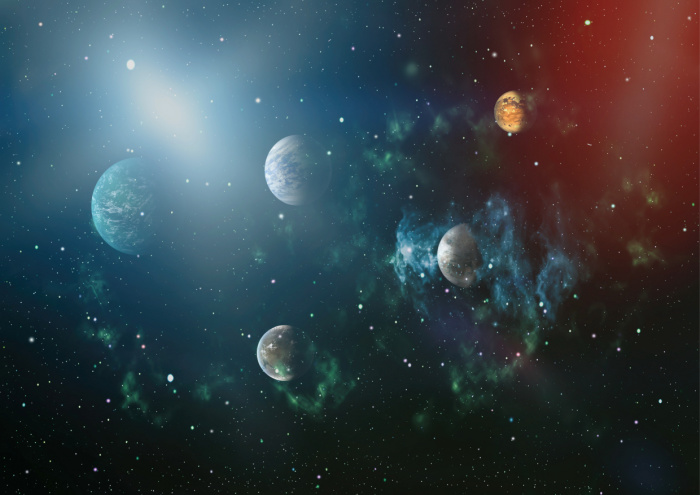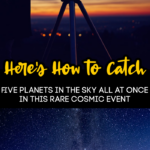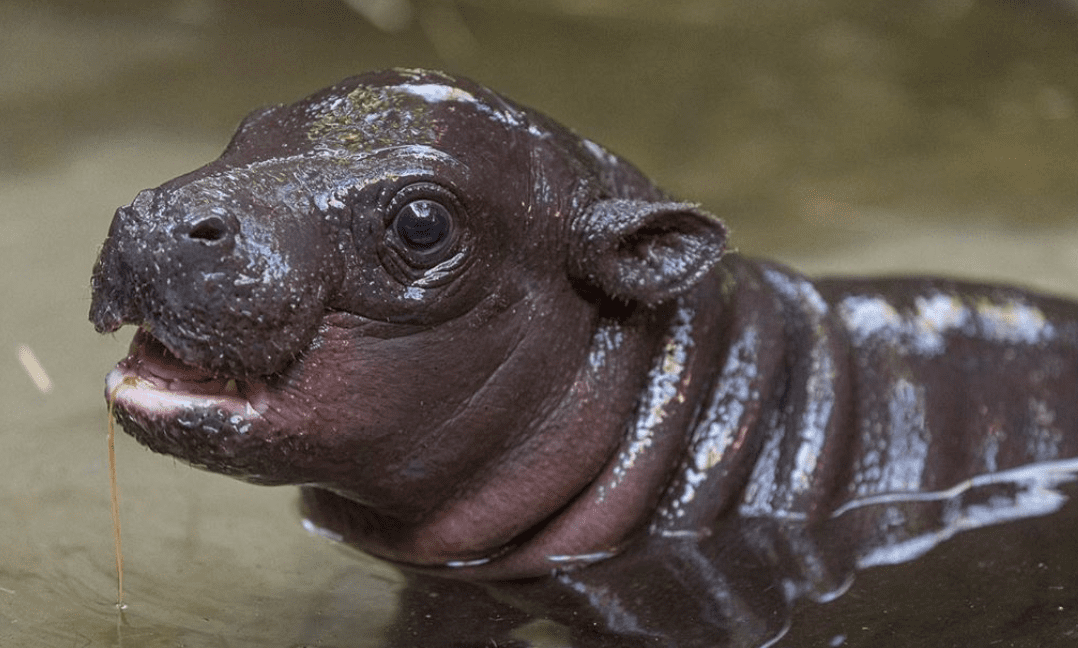You’ll Soon Have A Rare Chance to See 5 Planets at Once. Here’s How.
Catching the full moon when it looks triple in size has always seized the moment in any occasion, but noticing five planets in the sky all at once, is even better.
That’s right, you’ll soon be able to view half of the solar system in the night sky soon!
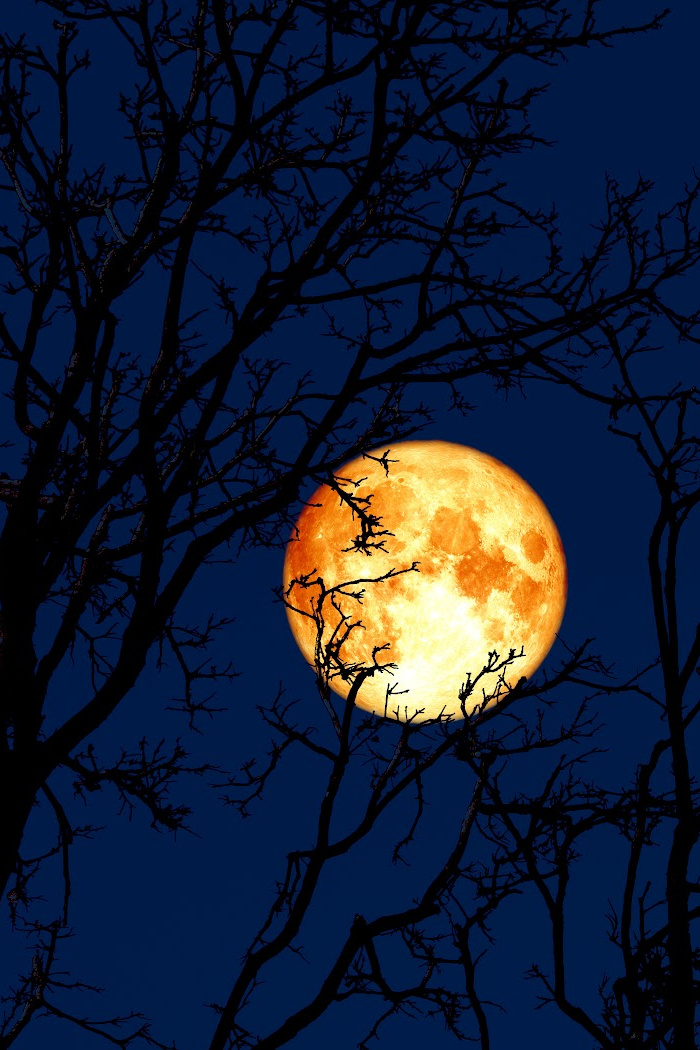
In this rare, cosmic event, five planets will be shining just as bright as the moon, okay, maybe not just as bright as the moon, but you should be able to see two out of the five without binoculars!
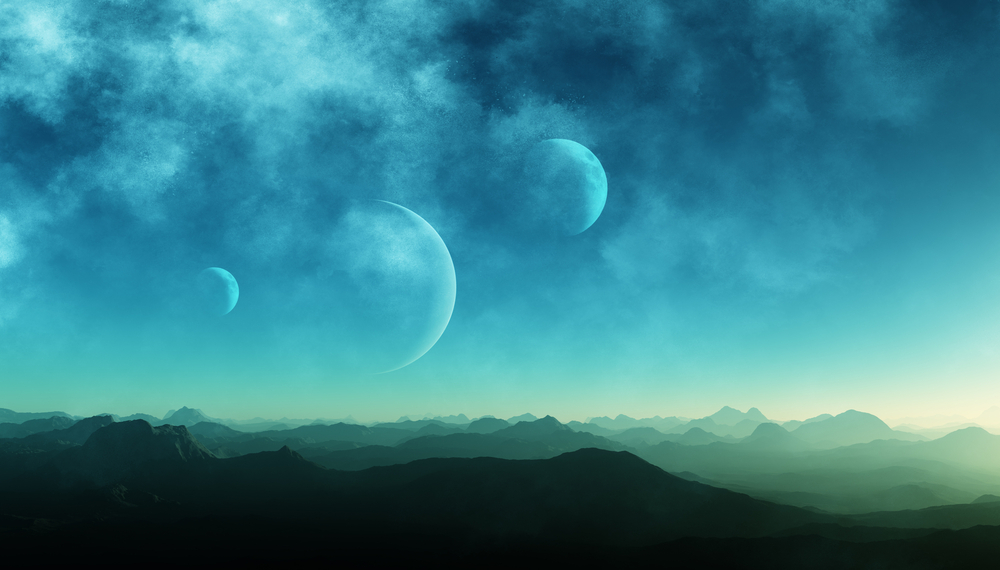
The planets Jupiter, Mercury, Venus, Uranus, and Mars are expected to align in an arc formation on several nights alongside the moon.
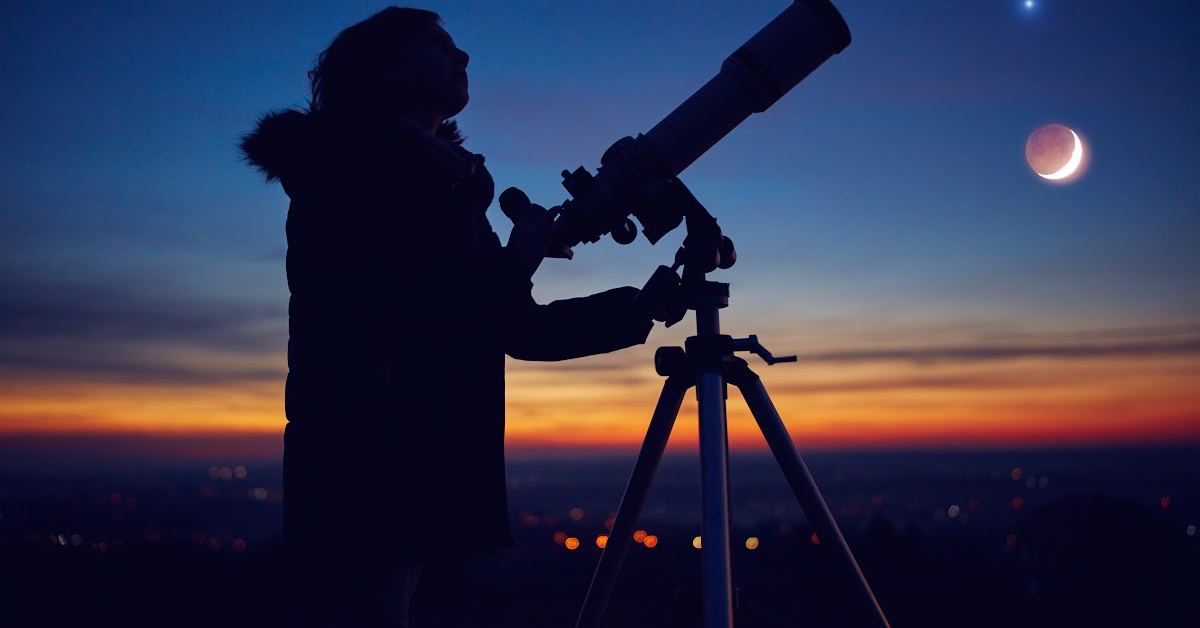
And if you’re hoping to observe all five planets at the same time, your timing along with a pitch black sky, and a clear view of the horizon play will play a big part.
However, if you’re looking to spot just one of the planets for your photo memories, Venus will your best bet, as this planet will be the easiest to point out since it is the brightest amongst the other four.
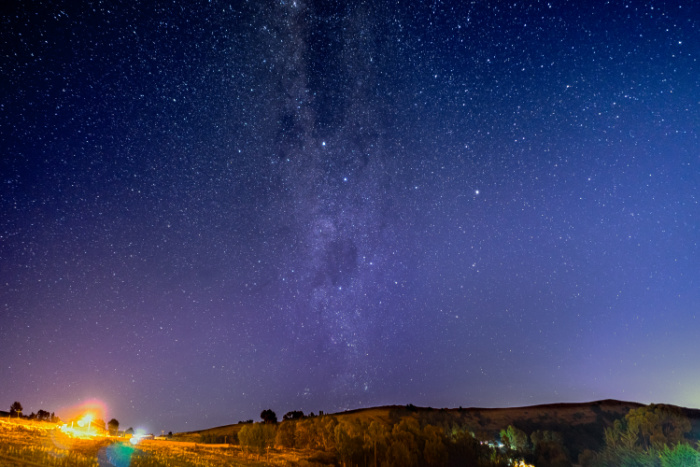
Consider Uranus and Mercury to be more difficult to catch at night.
Keep in mind that Uranus could even require binoculars or a telescope to view so if you own either one, make sure to pack the lenses in your car!

Finding an area away from the city before sunset and somewhere with darker skies will make it easier to locate Uranus and Mercury in the sky above.
And when it comes to Jupiter and Mercury, pick an area that has a clear view of the western horizon and remember to peer low on the horizon to catch the two stunning planets.
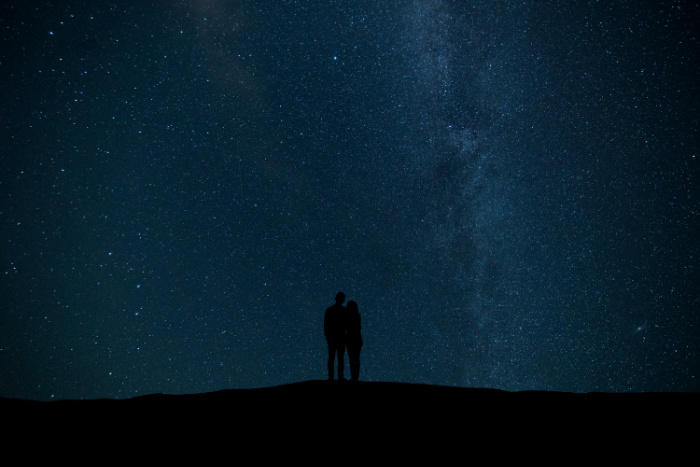
Although if your plan is to view the planets after sunset due to your schedule, make sure to look west shortly after the sun goes below the horizon to find Jupiter and Mercury sitting right next to each other.
Can’t find Jupiter or Mercury, try binoculars instead! Remember to wait until after the sun is below the horizon so you don’t potentially harm your eyes.

Plan on Uranus to stick by Venus, more specifically, above and to the left of the planet.
And when it comes to the bright red planet of Mars, the planet will appear near the crescent moon.

This rare cosmic event will begin this Saturday on March 25 with the best opportunity of viewing the planets to fall on March 28 while the cosmic show, will conclude on March 30.
